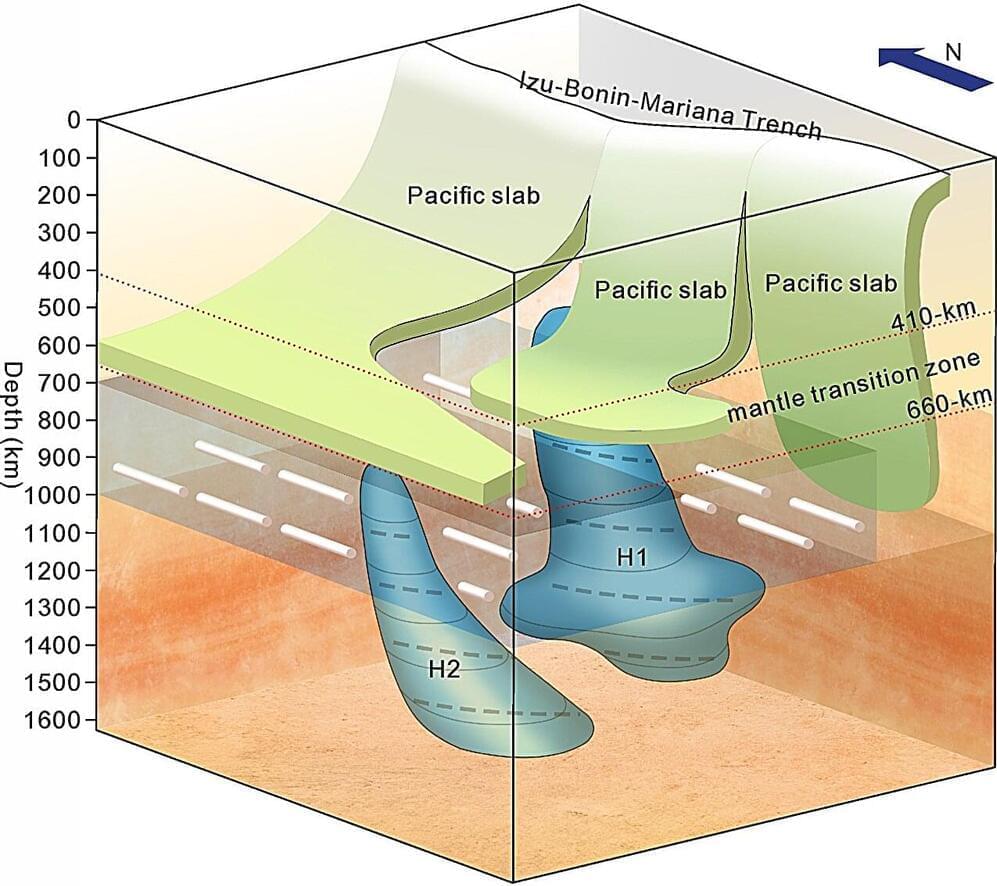A new industrial-scale ‘sand battery’ has been announced for Finland, which packs 1 MW of power and a capacity of up to 100 MWh of thermal energy for use during those cold polar winters. The new battery will be about 10 times bigger than a pilot plant that’s been running since 2022.
The sand battery, developed by Polar Night Energy, is a clever concept. Basically, it’s a big steel silo of sand (or a similar solid material) that’s warmed up through a heat exchanger buried in the center, using excess electricity from the grid – say, that generated during a spike from renewable sources, when it’s cheap.
That energy can then be stored for months at a time, with reportedly very little loss, before being extracted as heat on demand. This could theoretically be converted back into electricity, although with some energy loss. But Polar Night says that the most efficient method is to just use the heat itself.









